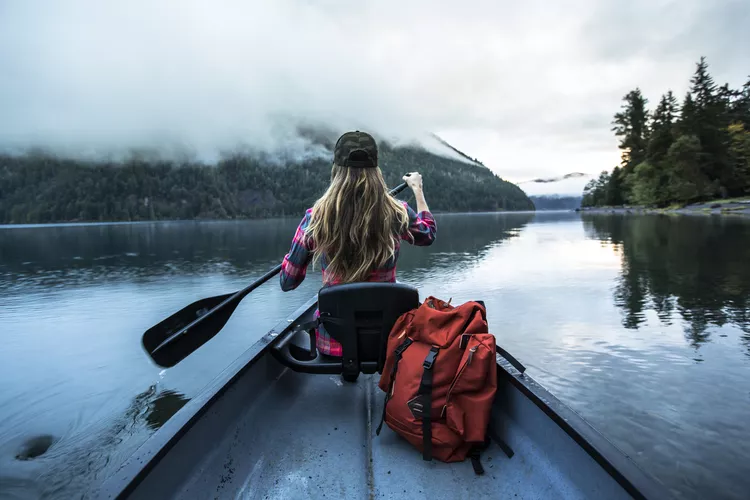1. Summary of Canoeing Types
This article explores various types of canoes suitable for different activities and skill levels, including recreational, intermediate, whitewater, racing, and specialized canoes, as well as solo and tandem options.
Canoeing is an activity that can be enjoyed by all ages, athletic abilities, and backgrounds. As one of the most ancient forms of transportation, modern canoeing primarily serves recreational purposes. However, beginners often overlook the various types of canoes available. This article provides a detailed overview of different canoe types, helping you make an informed decision when choosing the right canoe for your needs.
Recreational Canoe
- The typical recreational canoes are the most common types. These canoes are known for their stability and durability, typically made of plastic or aluminum without frills. You’ll often find them in big-box sporting goods stores, available for rent at local lakes, and in fleets at summer camps. If you’re looking for a versatile canoe to paddle around your local lake, a recreational canoe should be your choice. Their durable construction allows them to be left outside without worry.
Intermediate and Advanced Canoes
- The next category offers an upgrade from the standard recreational canoe. These canoes differ from their less expensive counterparts in quality, craftsmanship, and performance. Canoe enthusiasts often seek out these advanced options, choosing lighter materials, faster designs, and additional comfort amenities. Intermediate canoes are perfect for longer paddles, bird watching, and fishing, catering to the needs of dedicated paddlers.
Whitewater Canoes
- Whitewater canoes are specifically designed for river paddling and turbulent waters. They feature high sides to keep water out and a high degree of rocker, which refers to the canoe’s curvature from bow to stern. With a flatter bottom, these canoes can turn quickly but may sacrifice straight tracking. Additionally, they provide options to secure flotation bags in the stern and bow, preventing sinking when taking on water. Typically, whitewater canoeists paddle from a kneeling position, lowering their center of gravity for a more aggressive paddling stance.
Racing Canoes
- Canoe/Kayak racing has been an Olympic sport since 1924, featuring two primary Race styles: flatwater and slalom (whitewater). Racing canoes are tailored for a competitive segment of paddlers, making them less common. Constructed from lighter materials such as fiberglass, Kevlar, and composite materials, these canoes are designed to be narrower, offering excellent tracking. Whitewater slalom canoes commonly include closed decks and spray skirts similar to kayaks, enhancing their suitability for racing conditions.
Other Specialized Canoes
- Canoes are available for various activities beyond just paddling. For instance, canoes designed for canoe camping feature ample space for gear and attachment points. Fishing canoes may also come equipped with rod holders. Each sport associated with canoeing inspires unique designs and accessories, catering to specific interests and activities.
Solo Canoes and Tandem Canoes
- Lastly, all the previously mentioned categories can be suited for solo or tandem paddling. Solo canoes are designed for one person, typically shorter and narrower for easier maneuvering between sides. In contrast, tandem canoes are intended for two paddlers, making them more common, faster, and accessible for beginners. However, as many couples can attest, tandem paddling can sometimes lead to lively debates between paddlers seated at either end.





